You have 0 product(s) in your cart.
Abyss Scuba Diving
What To Do When Lost Underwater: An Essential Scuba Divers Guide
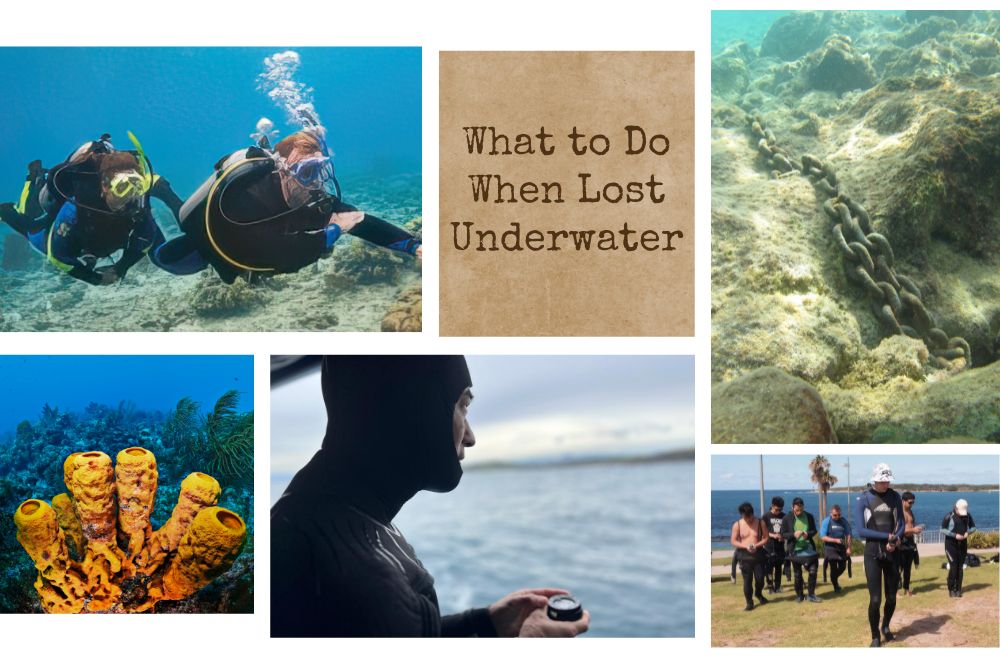
What to Do When Lost Underwater: An Essential Guide
The underwater world is an irresistible attraction for many, with its vivid colours, fascinating marine life, and the sense of exploring an almost alien environment. However, this environment also presents its fair share of challenges. One such challenge is the risk of getting lost, which can be an overwhelming and terrifying experience for divers. But don't fret; with the right preparation, knowledge, and skills, you can navigate this situation safely. Imagine this scenario: You're on a scuba diving adventure, exploring a beautiful coral reef, when you realize you've strayed away from your group.
The once-familiar underwater landscape now seems confusing and alien. You look around and see nothing but the vast expanse of water. How do you find your way back? In this blog post, we'll explore the essential aspects of underwater navigation, why divers may lose their way, and the crucial steps to take if you find yourself in this predicament. Whether you're a seasoned diver or a beginner, this guide will equip you with the knowledge and confidence you need to handle being lost . Remember, understanding and preparedness are your best allies when it comes to underwater safety.
Understanding Navigation While Scuba Diving
To safely explore the depths of the ocean and avoid getting lost, it is essential to understand underwater navigation techniques. The two primary methods for underwater navigation are compass navigation and natural navigation. Both methods complement each other and contribute to a successful dive. However, it is crucial to remember that, when in doubt, always trust your compass.
Compass Navigation: Your Trusty Underwater Guide
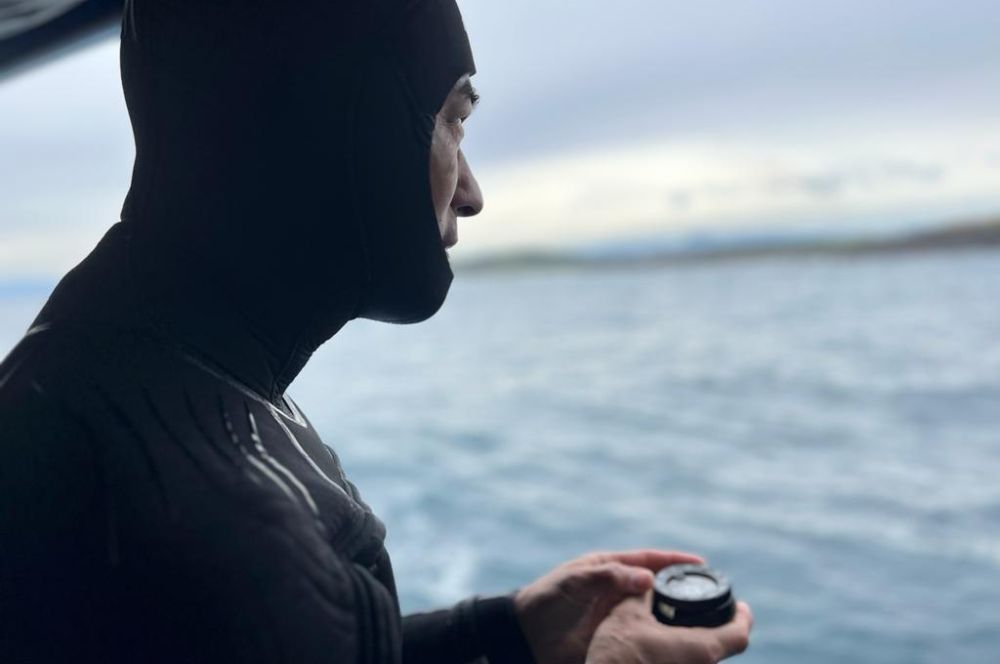
Compass navigation is the most reliable form of underwater navigation. It involves using a dive compass designed for underwater use to determine your direction. These compasses are usually filled with oil or water to allow the needle to move freely and accurately despite water pressure and temperature changes.
To use a compass underwater, you must first set your course by aligning the compass with a particular bearing. You can then monitor your progress by periodically checking the compass as you swim. If you need to make a turn, you or your dive buddy can use the compass to determine the angle of the turn and maintain the correct course.
To be able to use the compass properly underwater, you must use it above water first. Prior to diving, it's crucial to take a compass bearing of the location to have a clear understanding of the dive site. Doing this will allow you to maintain your awareness while diving and make the most of utilizing the compass underwater. When I train new divemasters, I tell them that during a dive. I'm unsure of my location around half the time. However, by using the information I gathered before the dive and combining it with compass bearings underwater, I can locate landmarks I identified through natural navigation. Once I find a landmark, I become oriented and no longer lost.
Natural Navigation: Interpreting the Ocean's Clues
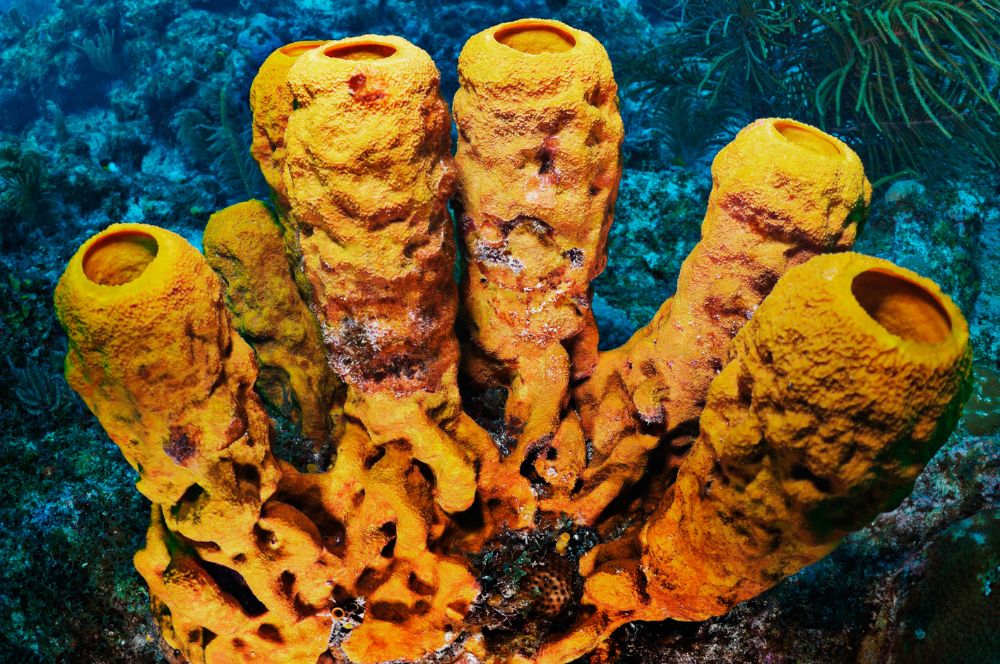
Natural navigation involves using the underwater environment's features to determine your location and navigate. These can be basic things that include observing the sun's position, the direction of water currents, the slope and contour of the ocean floor, and the presence of distinctive coral formations, bright-coloured sponges, rocks, or marine life.
Natural navigation requires keen observation skills, knowledge of the local marine environment, and the ability to recognize patterns and landmarks. It is a valuable skill for divers but is prone to human error and can be challenging in areas with low visibility or limited distinctive features.
Sun's position, the direction of water currents, the slope and contour of the ocean floor, and the presence of distinctive coral formations, rocks, other boats' anchor lines, or marine life. Natural navigation requires keen observation skills, knowledge of the local marine environment, and the ability to recognize patterns and landmarks. It is a valuable skill for divers but is prone to human error and can be challenging in areas with low visibility or limited distinctive features.
The Symbiotic Relationship of Compass and Natural Navigation
While both compass and natural navigation have advantages and disadvantages, combining the two methods can improve your chances of successfully navigating underwater. Using a compass to maintain your course while observing natural landmarks will give you a better understanding of your position in the underwater environment.
However, it is crucial to note and remember that you trust your compass when discrepancies arise between compass and natural navigation. Compasses are less likely to be affected by human error, while natural navigation relies on your interpretation of the environment.
The Importance of Formal Underwater Navigation Training
We recommend taking the PADI underwater navigation course to all scuba divers, regardless of their experience level, as formal training is crucial. While this blog provides valuable information, it cannot replace professional and organized instruction expertise. By enrolling in the PADI course, you will learn how to use your compass with confidence and natural navigation techniques, which are essential skills for avoiding getting lost and handling it effectively if it happens. Completing the PADI Underwater Navigation course after the PADI Advanced Open Water Course would further increase your confidence in safely exploring the underwater world.
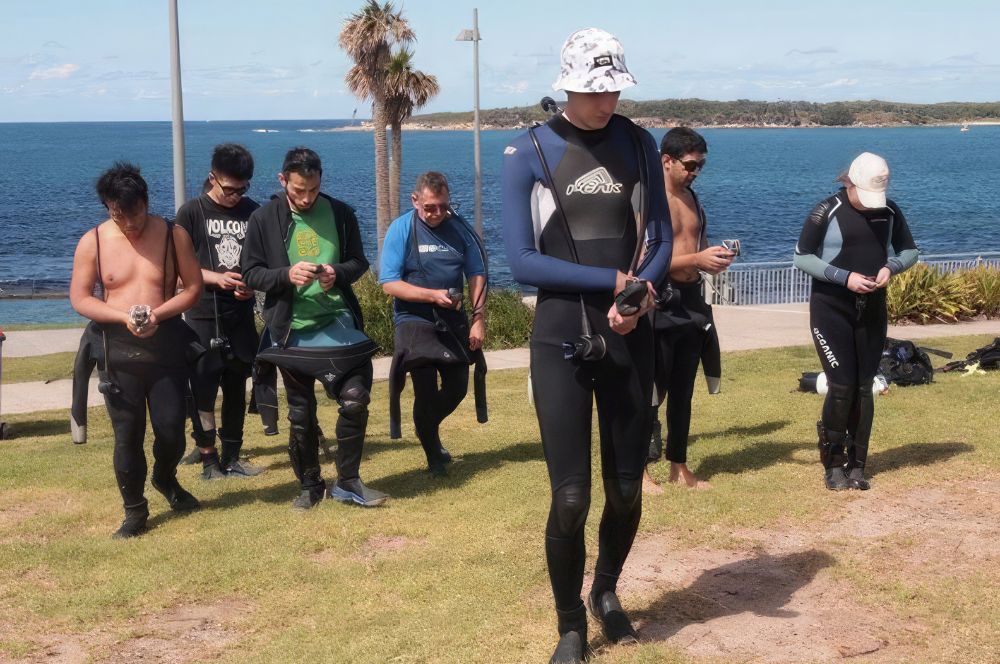
Common Reasons for Getting Lost Underwater
While diving underwater, divers may become disoriented for several reasons. Exploring too intently or with poor visibility can cause a diver to inadvertently distance themselves from their group. Additionally, disorientation can occur when there is no consistent, fixed point of reference in the surroundings, such as a rock formation or reef. Strong currents may also push divers off course and lead to further confusion.
Divers often get lost because they fail to understand the site due to not listening to the dive briefing, not taking a compass bearing before entering the water, and not focusing on navigation once submerged. Disorientation during dives may also be caused by murky water, strong currents, or being too engrossed in observing marine life.
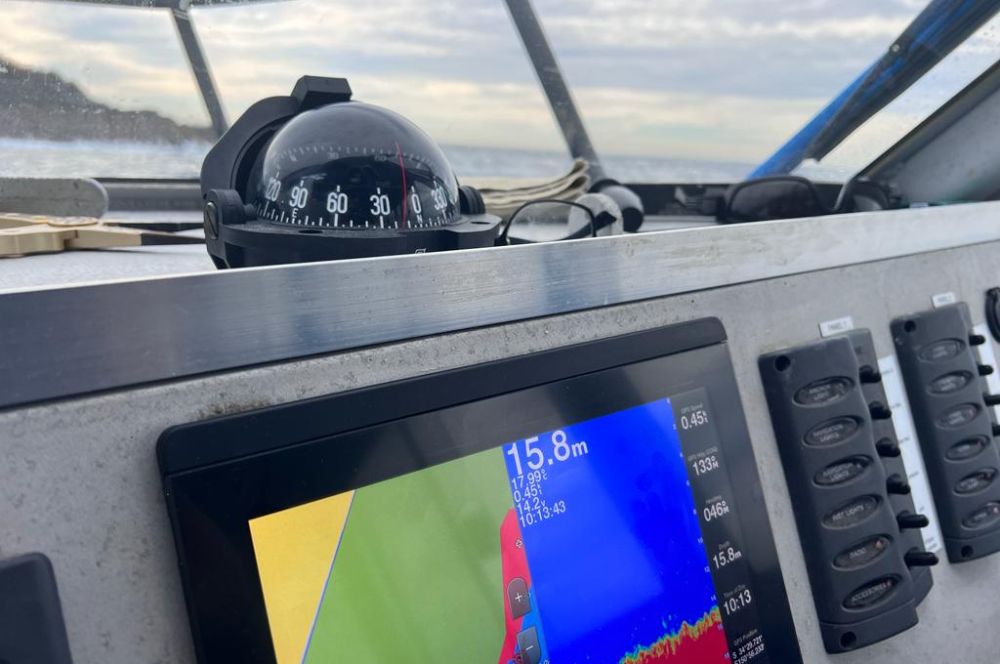
What Should I Do if I Get Lost Underwater?
We've all been there: one moment, you're enjoying the beauty of the underwater world and the next, you suddenly realize you're lost. It can be a scary experience, but don't worry! Here are some immediate steps to be prepared to take if you find yourself lost on a dive. By following these tips, you can navigate your way back to safety in no time.
1. Stay calm:
First and foremost, it's crucial to stay calm. Panicking can cause you to panic, make rash decisions, use up valuable air, and even put your life at risk. Take slow, deep breaths and remind yourself that you have the tools and knowledge to get through this situation.
2. Check your compass:
Now that you're calm, it's time to consult your trusty compass. This simple device can help you determine which direction you're facing and guide you back to your original path. Make sure to keep an eye on your depth as well, so you don't accidentally ascend or descend too quickly.
3. Look for landmarks:
As you swim, observe your surroundings carefully. Do you notice any distinctive structures or designs on the seabed that you hope can serve as landmarks? These could be anything, such as coral formations or sunken ships, and they will assist you in returning to safety.
4. Observe natural signs:
In addition to landmarks, there are also natural signs that can help you find your way. The direction of the sun, for example, can indicate which way is east or west. You can also listen for sound cues like anchor chains or the sound of waves breaking on the surface, which can help you determine your position relative to the shore or the dive boat.
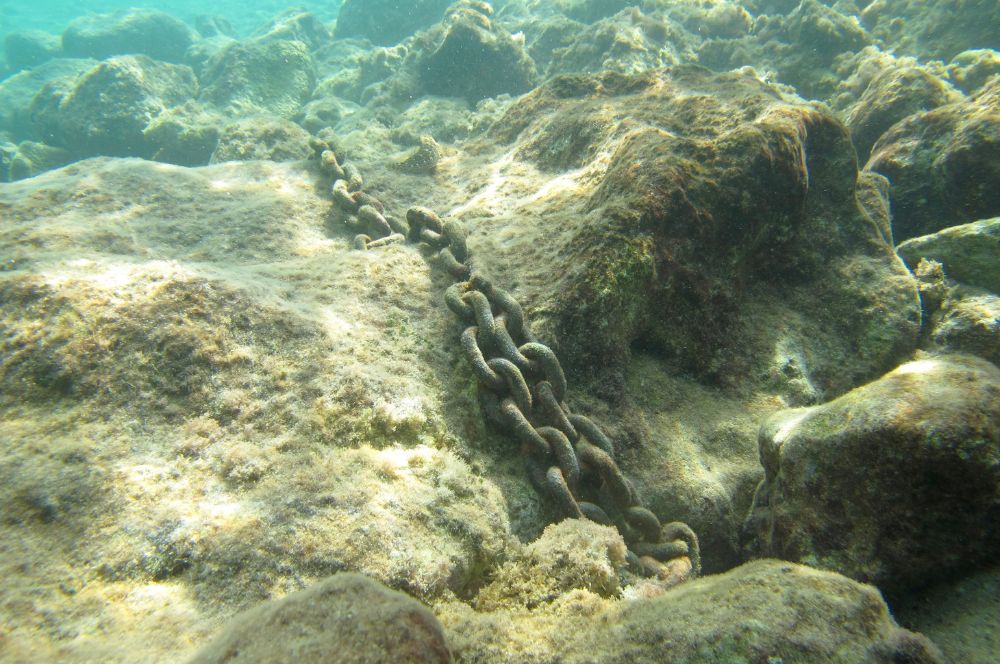
5. Dive Buddy system
Finally, always remember the importance of the buddy system. Diving with a dive buddy or group can significantly increase your safety and enjoyment underwater. If you happen to become separated from your dive buddy, follow the standard procedure of searching for one minute, then ascending slowly while continuously looking for them. Once you reach the surface, wait for your buddy and signal to the dive boat or shore if necessary.
6. Safety stop
Don't forget to perform a safety stop as you return to the surface. This is a pause at a depth of about 5 meters for three to five minutes, which allows your head and body to off-gas any nitrogen that may have built up during your dive. This step is crucial in preventing decompression sickness and ensuring a safe return to the surface.
The Role of Equipment in Preventing and Handling Being Lost
Proper equipment plays a critical role in preventing and managing disorientation. Essential tools such as compasses, dive computers, and surface marker buoys can guide you effectively. Dive lines and reels can also help navigate back to a known point. Regular equipment checks and maintenance are a must to ensure everything functions correctly when you need it the most.
Advanced Tips for Underwater Navigation
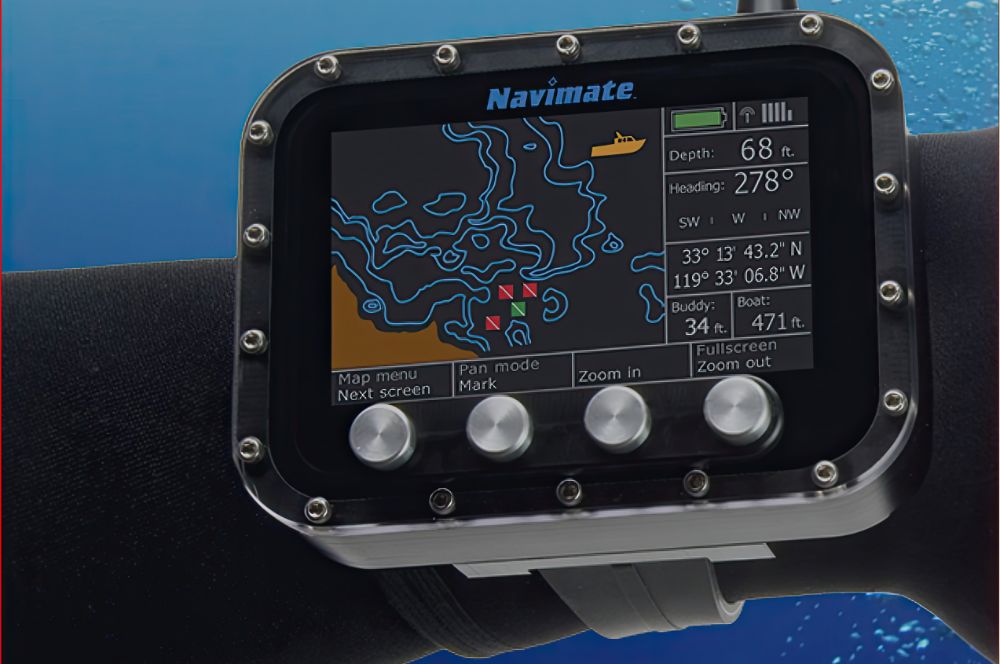
Several cutting-edge underwater navigation devices are currently available for purchase, with some of the most popular options being:
Underwater GPS: Underwater GPS systems rely on satellites to offer real-time positioning details, which can benefit divers when navigating to particular locations or monitoring their progress below water. The system operates on sound waves instead of radio waves, since sound waves transmit more effectively through water than radio waves, making them a more reliable option for underwater navigation.
Acoustic transponders: Acoustic transponders are devices that produce and detect sound signals. They are useful for setting up a network of underwater waypoints that divers can use for navigation.
Sonar: Sonar is a technology that uses sound waves to create images of underwater objects. It can benefit divers who want to map an area or avoid obstacles.
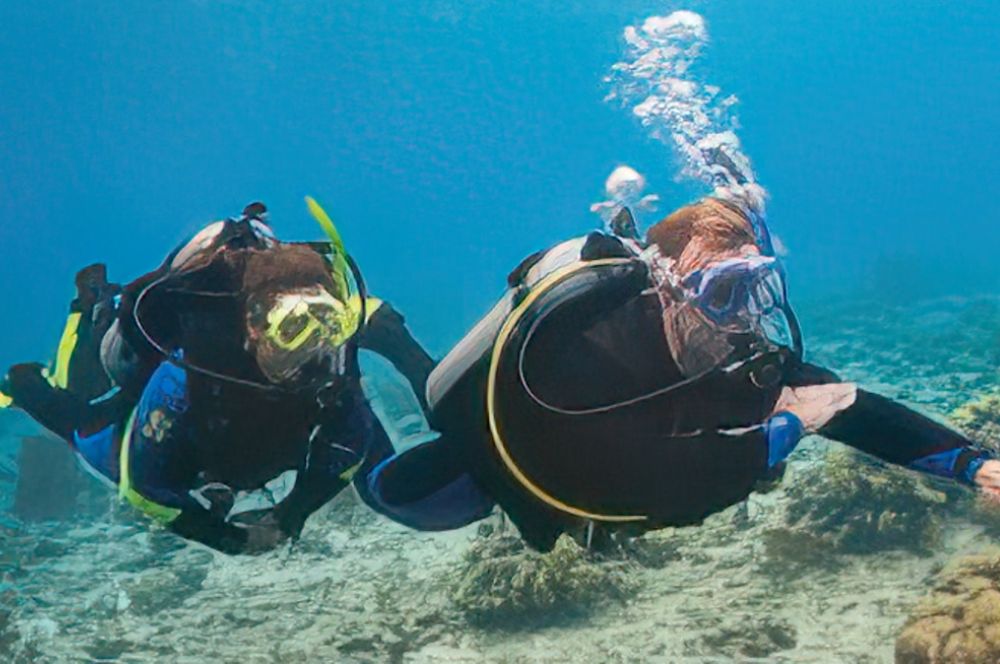
RELATED POSTS
-
Dive Right: Top Mistakes Made by Newly…
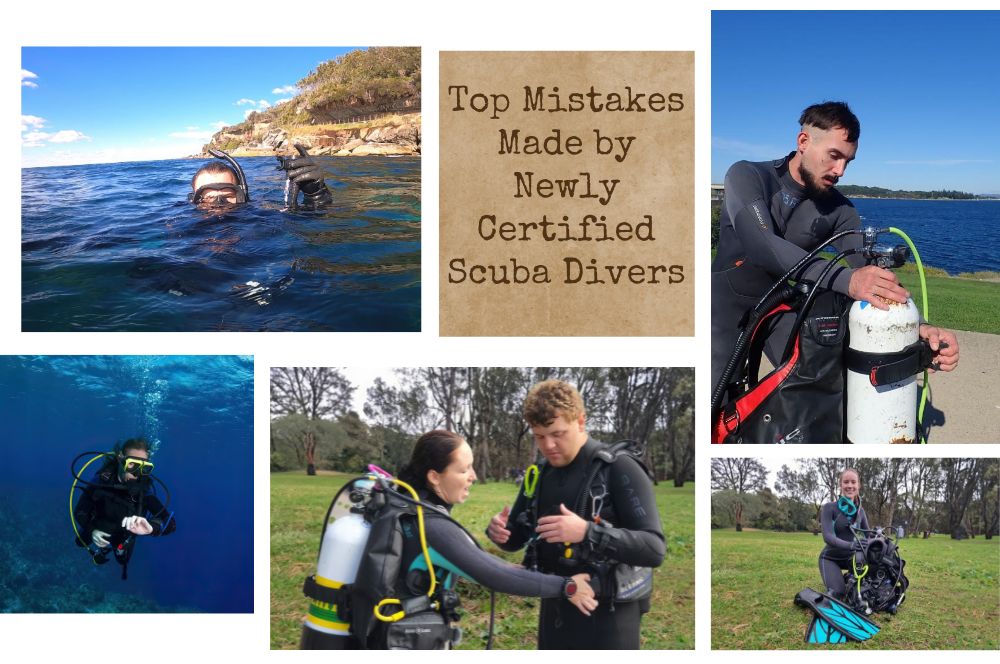
Dive Right: Top Mistakes…
Dive Right: Top Mistakes Made by Newly Certified Scuba Divers Getting your scuba diving certification is […] -
Surviving the Depths: What to Do If…
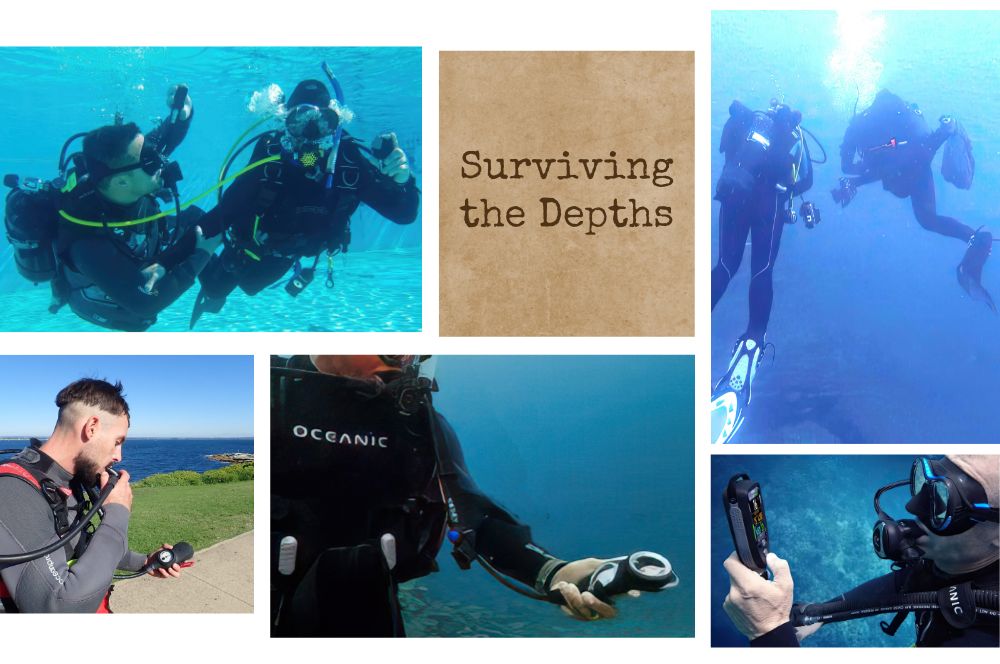
Surviving the Depths:…
Surviving the Depths: What to Do When You Run Out of Air While Scuba Diving Scuba diving is an exhilarating […] -
Scuba Diving Safety Sorted: Essential…
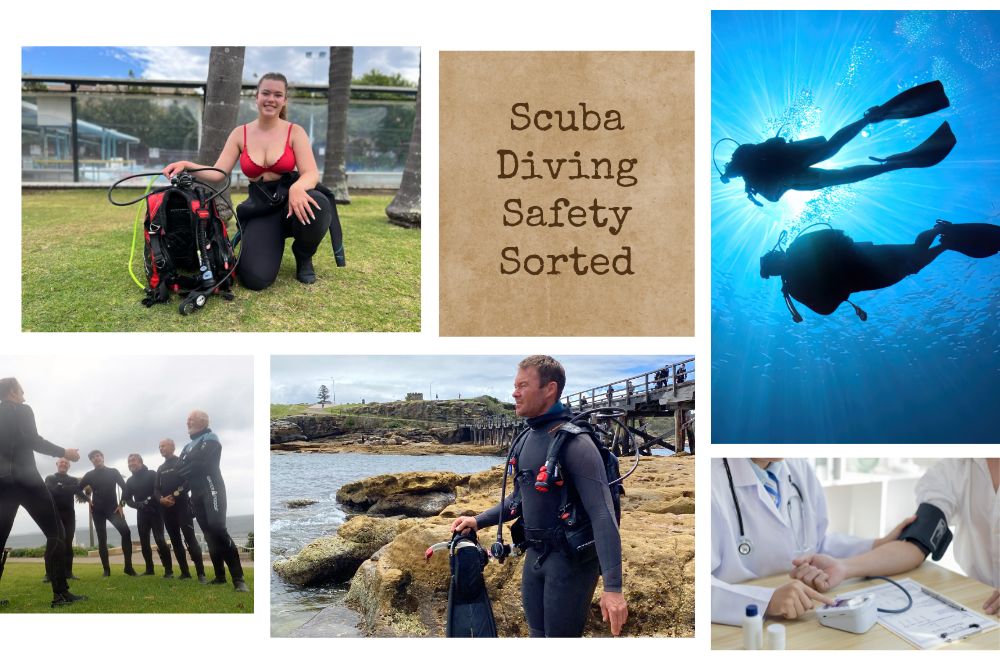
Scuba Diving Safety…
Scuba Diving Safety Sorted: Dive Confidently with These Essential Tips & Tricks Scuba diving unlocks […] -
A Deep Dive into Scuba Slang: Your…
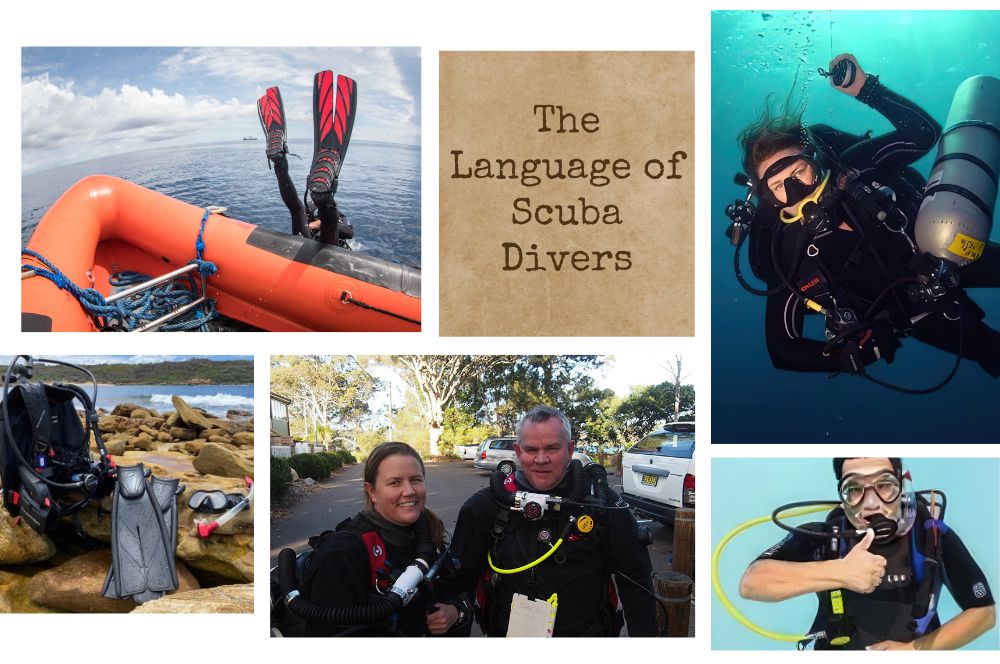
A Deep Dive into Scuba…
A Deep Dive into Scuba Slang: Your Guide to Diving Jargon Imagine exploring the underwater world, witnessing […]
Recent Posts





